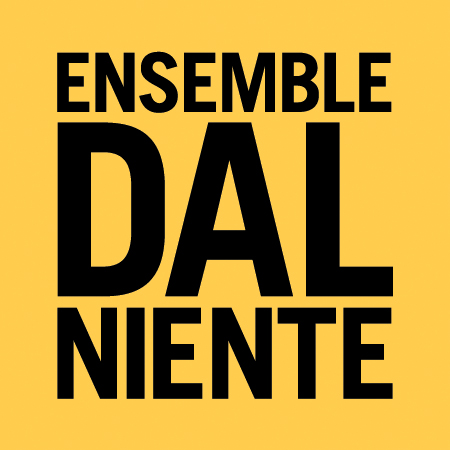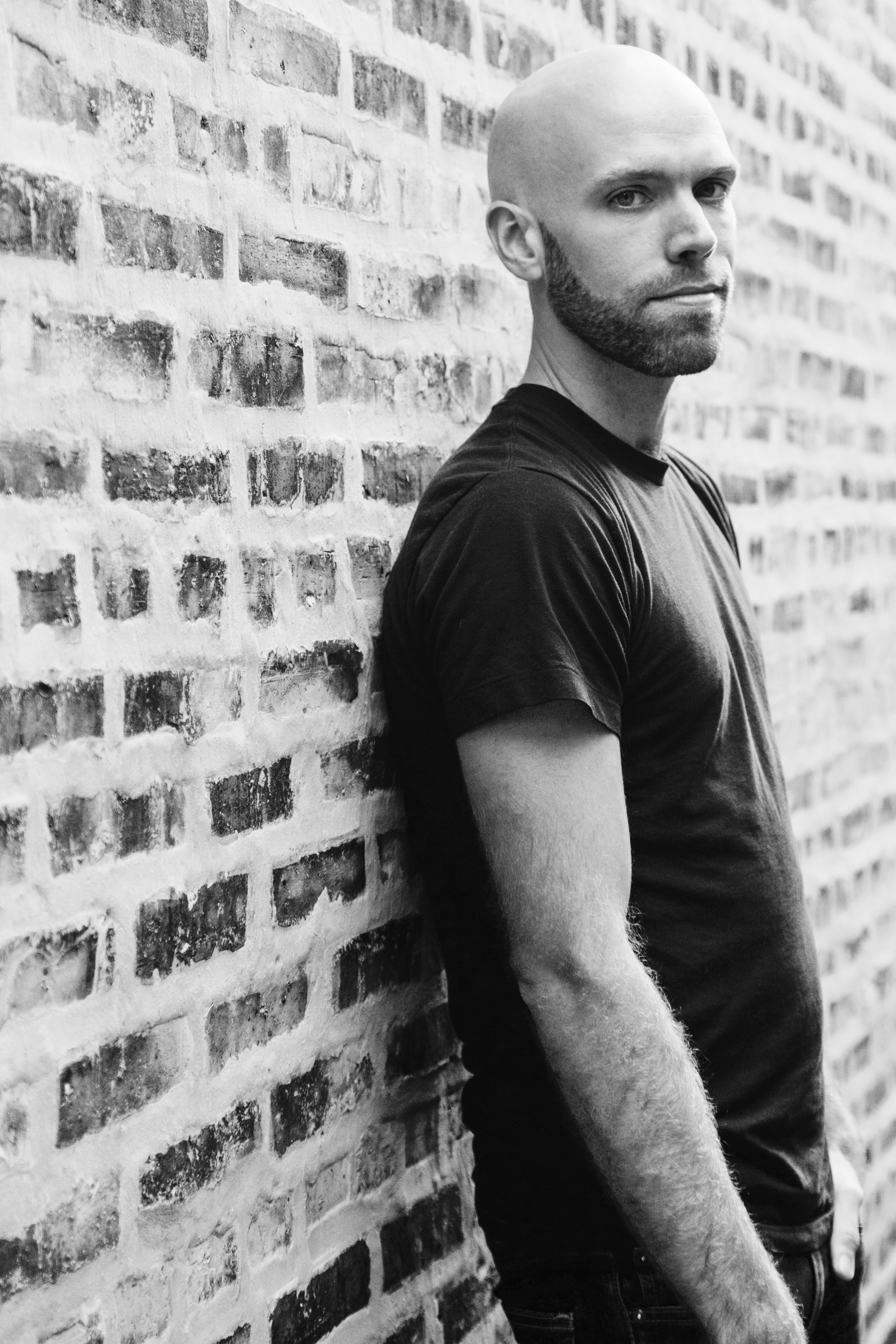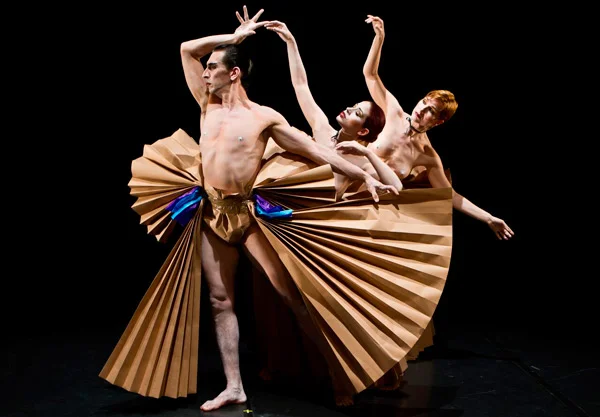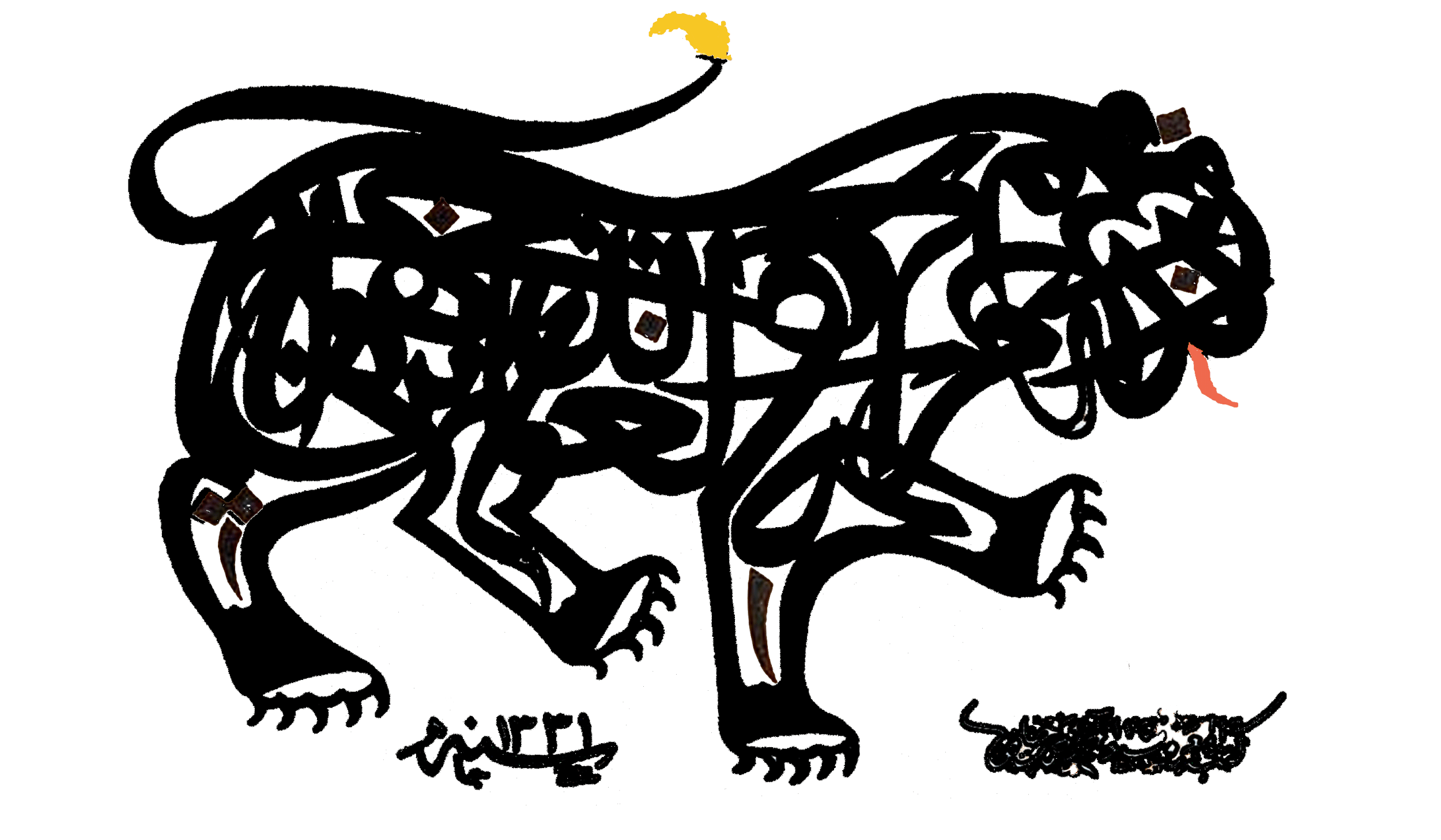Sky Macklay’s new piece for Dal Niente, to be premiered at Party 2018 on June 2nd, is a double concerto for oboe and horn that the composer has described as “wacky”. Violist Ammie Brod skyped (well, google hangout video chatted, because she’d forgotten her skype password) with Sky about mega-instruments, people movers, and her dual roles as a composer and performer of new music.
Ammie: So your new piece for Dal Niente is called Escalator! That’s such a fun name, and I’d love to hear more about why you chose it.
Sky: Well, I think this piece has a lot in common with the multitude of experiences you might have while riding on an escalator or moving walkway: accelerating, getting blocked by people, stopping and starting, and the whiplash of getting off. The musical material plays with drastic accelerations and decelerations of energy and dramatic directional stuff, sharp ups and downs.
*Cue dramatic story about dog poop, a moving walkway, and the horrifying confluence thereof*
Ammie: Wow! Well, back to the music, now that I have a new and very vivid little mental movie to reflect on... Can you tell me more about that musical motion and overall structure?
Sky: The piece basically has three sections. In the first, the horn and oboe play together to form a sort of mega-instrument (interviewer’s note: YESSSS), starting simply with a sort of sad little three-note descending gesture. That gesture gets expanded through a transparent and additive process, getting longer and more heterophonic as other instruments join and start decorating the same expanding phrase. It’s like the steps on the escalator: you start on one, but as you go up or down there’s a longer and more advanced line of them marching out behind you.
The second section starts fast and aggressive, lots of overblown low notes and playing up and down in a single overtone series, and then gets slower and more drone-y as it continues. As it moves into the third section there’s more back and forth between the oboe and horn inside of increasingly perceivable compound meters, jaunty bouncy gestures. The horn and oboe dialogue back and forth with the horn playing pitches related to the oboe multiphonics, and the strings are in this kind of weird A-minor circle-of-fifths thing, coming together briefly for chords that immediately dissolve upward into noisy clustery gestures. The whole thing plays with tonal information from the oboe multiphonics, and starts in the world of metered classical music but then goes to weird places from there.
Ammie: Why horn and oboe? I mean, I love it, but that’s not a combination that I get to hear a lot of.
Sky: When I started talking with Dal Niente about this piece, you expressed interest in writing for some of the less-programmed instruments in the ensemble, and since I play the oboe and I knew Matt and Andy would be down for anything it seemed like a logical choice. I also included harp and guitar for the same reasons, and as it turns out they’ve ended up acting as the kind of disturbing force within the string section.
Ammie: Matt and Andy are totally down for anything! I do know, though, that you’ll actually be playing the oboe solo for the premiere. Can we talk a little bit about what it’s like to perform your own music with other people?
Sky: Sure! I actually perform my own music pretty regularly with a group that I play in called Ghost Ensemble. I wrote a piece called 60 Degree Mirrors that we play regularly, and I’ve enjoyed that because I know so intimately what I want from the parts, and my part in particular, and I can make changes and add small details on the fly as we play it more times. In some ways it’s a lot easier than playing music by other composers, because I know just how flexible I can and want to be with the music.
Ammie: A related question: has that experience changed your relationship to other performers who are playing your music?
Sky: I really like asking for and hearing performers’ opinions. Sometimes performers will have a better way to get to the idea that I had when I was writing the parts, and discussion is a good way to ensure that we all know what that idea is. I’m really open to that discussion, and I definitely want it to feel like I’m welcoming others to the conversation.
Sky Macklay’s new piece, “Escalator”, will premiere on June 2nd at Constellation Chicago as part of Ensemble Dal Niente's Party 2018. This commission is generously supported by the Fromm Foundation.














